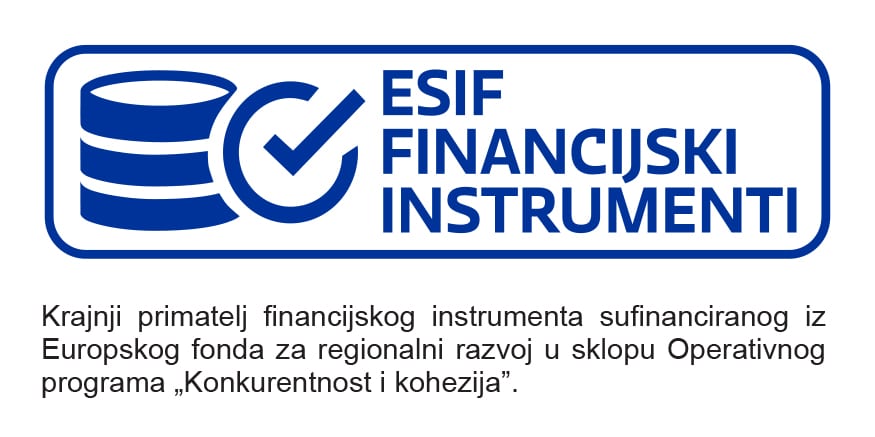Operating on the trigger-action principle, rules require a defined trigger to initiate an action.
Several fields must be specified to activate a rule:
- Trigger type
- Trigger source
- Monitored properties (optional)
Below are descriptions of the trigger-related fields and their respective values.
Trigger type #
Trigger type specifies the type of event that initiates rule execution. In the E-mail Notifications module, the default trigger type is Object changed. For detailed descriptions of the options, click here.
Monitored properties #
Displayed only when Trigger Type is set to Object changed or Object metadata changed.
This field is optional and it allows users to specify one or more properties on the source object whose change will trigger rule execution. If no properties are specified, the rule will be triggered by any change to the source object. Note: If multiple monitored property conditions are set, they are combined with the OR operator. Within the Monitored Properties section, you’ll find the following fields: Property, Monitor Type, Value from, Operator, and Value (Mode). For detailed descriptions of the options, click here.
Trigger on target change #
This field specifies the object whose change will initiate rule execution. Choose one of the following options:
- Yes (default): The rule will be triggered on both source and target object changes.
- No: The rule will be triggered only on source object change.
Trigger source #
For event-based triggers, these filters define the source object whose change will trigger rule execution. For the Scheduled and RunOnce trigger types, these filters are used to find objects on which the rule will be executed. Populate all necessary fields to define the source object. The following fields are available under Trigger source: Object type, Class, Workflow, Workflow state, as well as optional Search filters and Dynamic search filters. For detailed descriptions of the options, click here.







